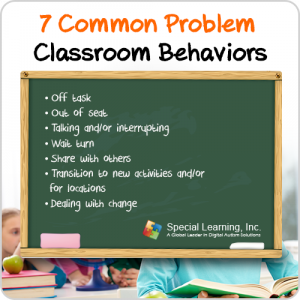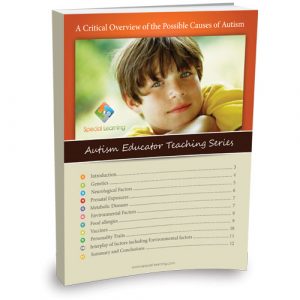Getting Down To the Business of Play for Children with Autism
Have you ever wondered what it would be like to be able to gain access into the world exclusively dwelled in by a child with autism? What would you give to see him smile or laugh with glee as he plays with you or with other children?
Play is one valuable means to draw out a child with special needs’ attention. It captures any child’s interest regardless of his age, background activity, or skill level. It may be considered a universal path of learning and socialization for children, breaking any boundaries that may exist between them.
Children with special needs, like those diagnosed with autism, need special interventions in consideration of their condition. Since they have difficulties in communication and socialization skills, they need specialized interaction, resources, or adjustments in the play set in order for the play episode to serve them successfully. Among these interventions are customized instructions directly delivered by adults or peers; engagement in the play activity with other children; use of toys and other playthings and manipulation of the environment to promote play behaviors, communication, and socialization.
For example, to entice a child with autism to play with a toy with a peer, the peer should be trained to show a toy or preferred item to the child with autism. This peer should not place any demands on the child. When the child shows interest in the object and approaches to get it for himself, the peer should hold onto the object until the child asks for it. This manding behavior should be reinforced. However, it can also be prompted by an adult should the child not use a mand for borrowing the object. Once the mand is used, the child should be rewarded by being given the preferred object to play with. When the child gets accustomed to manding with his peers without any prompts from an adult, then he is ready to be taught to respond to instructions given by peers. This is one example of a strategy that promotes communication and socialization skills in a child with autism.
Although it takes great effort to stage the play activity for the child with autism, it is surely worth it when he begins learning appropriate play behaviors with the toys/ playthings as well as with other children and adults. Such opportunities for play open up several doors to further progress for the child with autism in his communication, language, and play development.
Indeed it is truly priceless when a child with autism is animatedly engaged in the magic of play!
References:
Bay, P. & Cooper, R. (2007) The play of children with special needs in mainstream and special education settings, Australian Journal of Early Childhood, Vol. 32, No. 2.
Bingham, A. (2008)The Value of Play Interventions in Special Education Classrooms, Principal, May/June 2008
Rettig, M.A. (1994) Play behaviors of young children with autism: Characteristics and interventions. Focus on Autistic Behavior; 9 (5)
Special Learning (2011) E-Newsletter, August 2011 issue on Social Skills
Copyright © by Special Learning Inc. All right reserved.
No part of this article may be reproduced in any manner whatsoever without written permission except in the case of brief quotations embodied in critical articles and reviews. For information, contact Special Learning Inc., at: contact@special-learning.com








